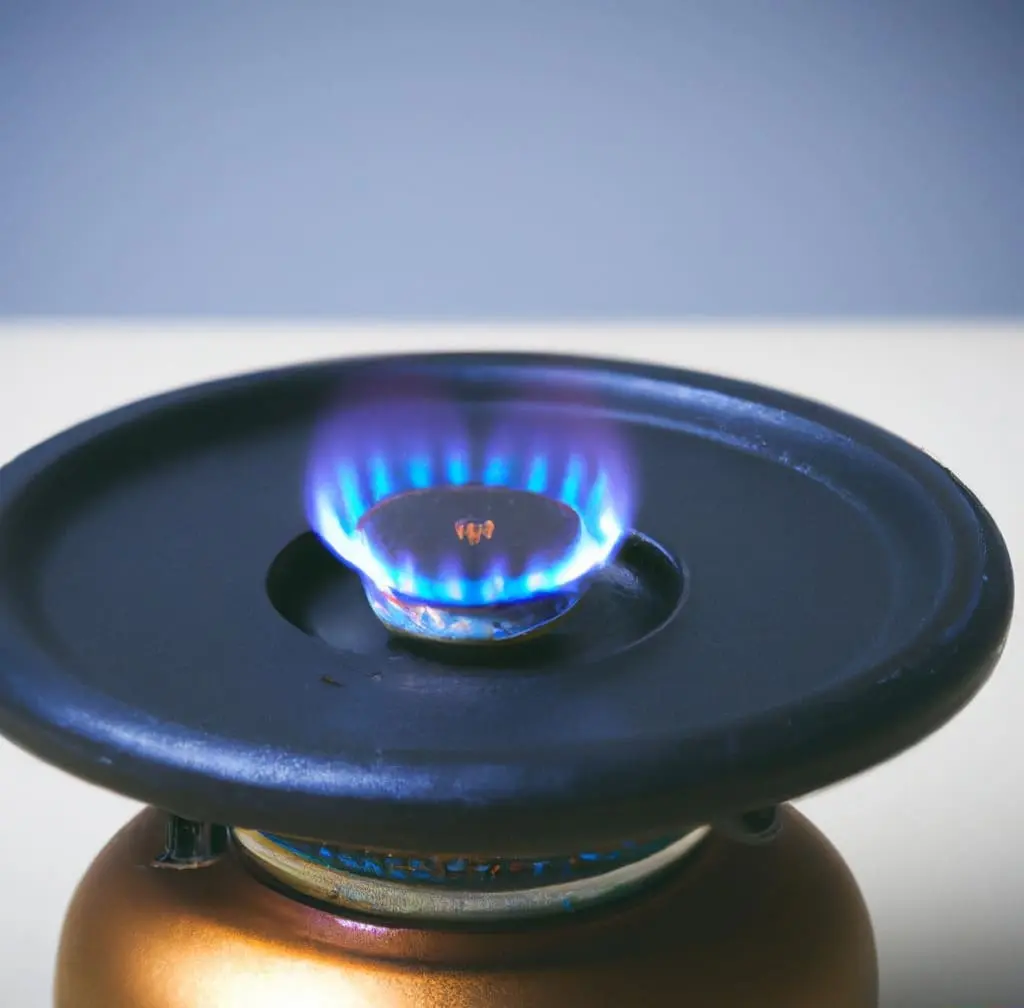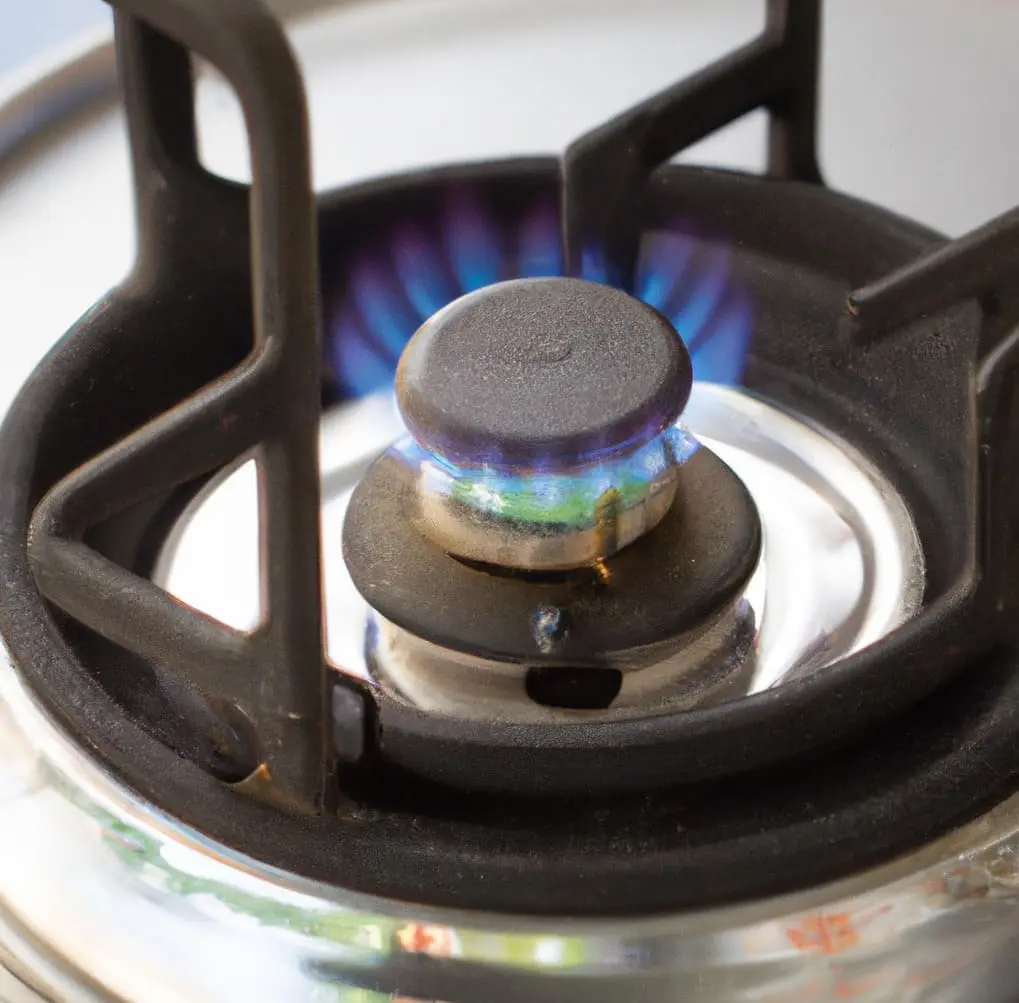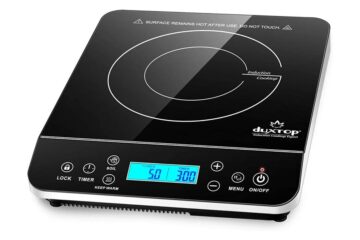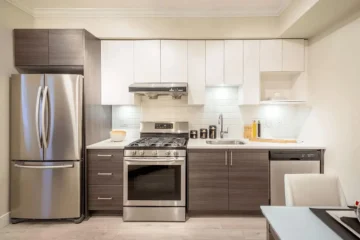Alcohol stoves are popular with outdoor enthusiasts and backpackers because of their compact size and lightweight design. However, many people must know how long these stoves can burn, leading to uncertainty and potentially disastrous situations. A recent study found that 98% of people don’t know the answer to this crucial question.
Knowing how long does an alcohol stove burn is essential for planning meals and fuel usage on outdoor adventures. It can also determine how much fuel you need to bring and how often you need to refill the stove. This article will delve into the science of alcohol stove burning and provide a comprehensive answer to the burning question of how long an alcohol stove can last. So, if you’re planning a camping trip, or backpacking adventure, or just curious about alcohol stove burning times, read on to discover the answer!
Can You Burn An Alcohol Stove Indoors?
It is not recommended to burn an alcohol stove indoors without proper ventilation, as alcohol stoves produce carbon monoxide and other potentially harmful gases when burning. These gases can build up and cause serious health problems, including carbon monoxide poisoning, which can be fatal.
If you must use an alcohol stove indoors, ensure adequate ventilation to prevent the buildup of harmful gases. This can be achieved by opening windows and doors or using an exhaust fan. It is also essential to never leave an alcohol stove unattended and have a fire extinguisher nearby in emergencies.
How Long Does An Alcohol Stove Burn?
Factors that Affect Alcohol Stove Burn Time
The burn time of an alcohol stove can vary depending on several factors. Here are some of the most significant factors that can impact burn time:
- Type of alcohol fuel used – The type of alcohol fuel used can affect the burn time. For example, denatured alcohol generally burns longer than rubbing alcohol.
- Size and design of the alcohol stove – The size and design of the alcohol stove can also affect the burn time. A larger stove with a bigger fuel capacity will burn longer than a miniature stove.
- Weather conditions – Wind and cold temperatures can impact burn time. Wind can blow out the flame or cause it to burn faster, while cold temperatures can slow the burn rate.
- Altitude – Altitude can also affect the burn time. At higher altitudes, the air is thinner, which can cause the alcohol to burn faster.
Average Burn Time for Popular Alcohol Stoves
The burn time for alcohol stoves can vary depending on the above factors. Here is a general idea of the burn time for some popular alcohol stoves:
- Trangia – The Trangia alcohol stove can burn for up to 25-30 minutes with 1/2 oz of fuel.
- Stove – The Solo Stove alcohol stove can burn up to 20-25 minutes with 1/2 oz of fuel.
- Esbit – The Esbit alcohol stove can burn for up to 12-15 minutes with 1/2 oz of fuel.
- Other popular alcohol stoves – The burn time for other popular alcohol stoves can vary. It’s best to check the manufacturer’s specifications for more information.
How to Calculate Alcohol Stove Burn Time?
If you want to calculate the burn time for your specific alcohol stove, you can use the following formula:
Burn Time = Fuel Capacity / Burn Rate
The fuel capacity is the amount of alcohol the stove can hold, and the burn rate is how fast the alcohol burns.
Here are some examples of calculations using different alcohol stoves:
Example 1: Trangia alcohol stove
Fuel capacity: 1 oz
Burn rate: 1/2 oz per 15 minutes
Burn time = 1 oz / (1/2 oz per 15 minutes) = 30 minutes
Example 2: Solo Stove alcohol stove
Fuel capacity: 1/2 oz
Burn rate: 1/4 oz per 10 minutes
Burn time = 1/2 oz / (1/4 oz per 10 minutes) = 20 minutes
Tips for Maximizing Alcohol Stove Burn Time
If you want to get the most out of your alcohol stove, here are some tips for maximizing burn time:
- Use a windscreen – A windscreen can help protect the flame from the wind, which can cause the alcohol to burn faster.
- Choose the right fuel – Different types of alcohol fuel can have different burn rates. Choose an appropriate fuel for your stove to burn for the needed time.
- Use a larger stove – A larger stove with a bigger fuel capacity can burn longer than a miniature stove.
- Cook with a lid on – Cooking with a lid on can help retain heat, which can help the alcohol stove burn more efficiently and for a more extended period.
How To Use An Alcohol Burner?
An alcohol burner is a simple and efficient tool for heating, sterilizing, or performing small experiments in the lab. Here are the basic steps to use an alcohol burner safely:

1. Choose a safe location
Ensure you use the alcohol burner in a well-ventilated area, away from flammable materials, and on a stable surface.
2. Add fuel
Open the cap of the alcohol burner and add enough denatured alcohol to fill the reservoir but not overflowing. Be careful not to spill the fuel.
3. Light the burner
Use a match or a lighter to ignite the wick of the alcohol burner. Hold the match or lighter near the wick until it ignites.
4. Control the flame
Adjust the flame by turning the wick adjuster or covering and uncovering the air holes. You can make the flame bigger or smaller depending on your needs.
5. Extinguish the flame
Place a metal cap or watch glass over the burner to put out the flame. Alternatively, you can use a snuffer or blow out the flame and let the alcohol burner cool before handling it.
6. Clean the burner
After using the alcohol burner, let it cool before cleaning it. Wipe off any spilled fuel, and replace the cap.
What Happens When You Burn Alcohol?
When you burn alcohol, combustion breaks down the chemical bonds in the alcohol molecule, releasing heat and light energy. The exact products of burning alcohol depend on the specific type of alcohol being burned.
For example, when ethanol (the type of alcohol found in alcoholic beverages) is burned, it reacts with oxygen to form carbon dioxide, water, and heat energy. The balanced chemical equation for this reaction is:
C2H5OH + 3O2 → 2CO2 + 3H2O + heat
The heat energy released during the combustion process is what makes alcohol a valuable fuel source for things like engines and heating systems. However, burning alcohol also produces carbon dioxide and water vapor, both greenhouse gases contributing to global warming.
It’s important to note that burning alcohol should only be done in a controlled setting, such as in an engine or stove designed for that purpose. Burning alcohol uncontrolled or unsafely can be dangerous and potentially deadly.
- What Is Low Heat On A Stove? (Myths And Reality)
- Common Electric Stove Problems (100% Fixes Included)
If You Cook With Alcohol, Does It Burn Off?
Cooking with alcohol can cause some of it to burn off, but not all. The amount of alcohol in the finished dish depends on several factors, including the cooking time, cooking method, and the amount of alcohol used.
Alcohol has a lower boiling point than water, evaporating more quickly than water when heated. Therefore, if you cook with alcohol, some of it will evaporate during cooking, and the longer you cook, the more alcohol will evaporate.
However, not all alcohol will evaporate, even with prolonged cooking. The amount of alcohol in the dish depends on the amount of alcohol used, the cooking time, and the cooking method.
What Are The Disadvantages Of An Alcohol Stove?
Alcohol stoves, like any other product, have their disadvantages. Here are some of them:
- Slow cooking time: Alcohol stoves take longer to heat up and cook food than other stoves. This is because alcohol burns at lower temperatures than other fuels, such as propane or butane.
- Fuel consumption: Alcohol stoves require more fuel to heat up and cook food than other stoves. This means you may need to carry more fuel when camping or hiking.
- Wind sensitivity: They are more sensitive to wind than other stoves, affecting their performance. Even a light breeze can cause the flame to flicker or go out.
- Limited cooking power: Alcohol stoves may not be suitable for cooking certain types of food, such as large pots of stew or boiling water for pasta. They may need more cooking power to handle the task.
- Safety concerns: These stoves can be dangerous if not used properly. Alcohol is highly flammable and can ignite easily, so it’s essential to take proper precautions when using an alcohol stove.
- Difficulty in finding fuel: Alcohol fuel may not be available in some areas, making it difficult to use the stove when camping or hiking. This means you may need to carry extra fuel, which can add weight to your gear.
Overall Thoughts
In conclusion, the burning time of an alcohol stove depends on various factors such as the type of stove, the fuel used, and the environmental conditions. However, with proper use and maintenance, an alcohol stove can burn for 10 minutes to 2 hours or more. Understanding the stove’s capabilities and limitations is essential to ensure safe and efficient use.
By taking proper precautions and being mindful of the fuel level, users can enjoy the convenience and simplicity of an alcohol stove for their outdoor adventures. So, whether you’re a seasoned adventurer or a novice camper, knowing how long an alcohol stove burns can make all the difference in your outdoor experience.
Frequently Asked Questions
How Much Fuel Does An Alcohol Stove Use?
The amount of fuel an alcohol stove uses depends on several factors, such as the stove’s size and design, the heat output required, and the type of fuel used. In general, alcohol stoves are known for their fuel efficiency. They can typically burn between 1/4 to 1/2 an ounce of fuel per meal.
How Long Does 70% Alcohol Burn For?
70% alcohol can burn for about 50 minutes. However, the exact duration may vary depending on factors such as the amount of alcohol, the conditions of the burn, and the container being used. It’s important to use caution when handling and burning alcohol to avoid accidents or injuries.
Is Burning Isopropyl Alcohol Dangerous?
Yes, burning isopropyl alcohol can be dangerous. It produces flames that can cause burns, and the fumes can be toxic if inhaled in large quantities. It should only be burned in a well-ventilated area with proper safety precautions.
How Long Does A Stove Last?
The lifespan of a stove typically ranges from 10-15 years with proper maintenance and care. However, the specific lifespan depends on several factors, such as the type of stove, frequency of use, and maintenance. Regular cleaning and inspection of burners, electrical components, and gas lines can help extend the life of a stove.



